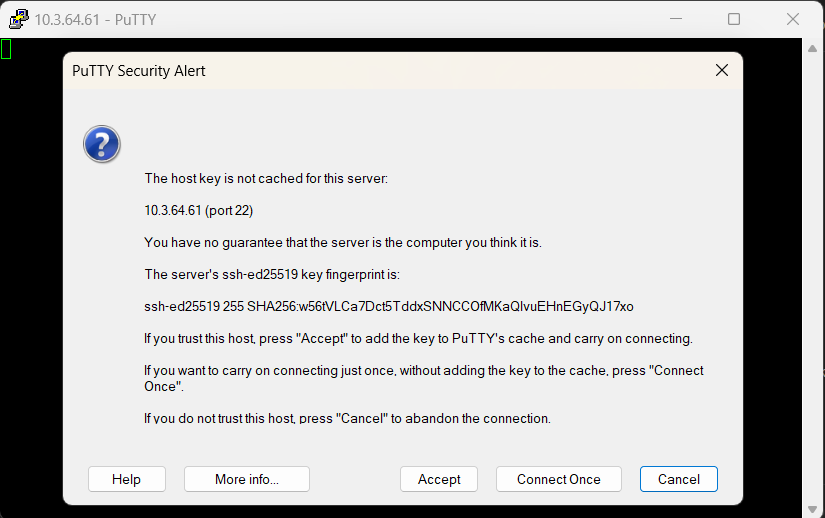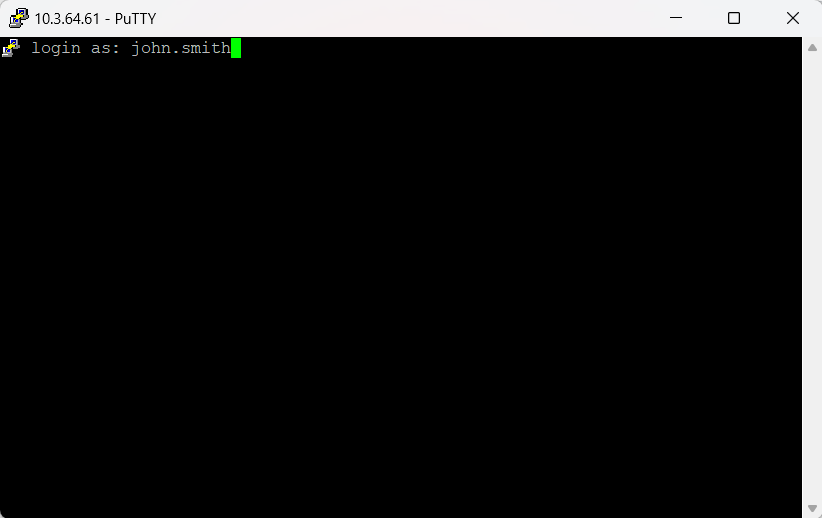Access
Getting an Account
Access to NU HPC facilities is free of charge for all NU faculty, research assistants, and students. However, accounts for research assistants and students must be sponsored and authorized by their PI (Principal Investigator—typically a faculty member or lab head). Accounts cannot be created at the direct request of students or research assistants; the request must always be initiated by the PI. PIs are expected to take full responsibility for the proper use of HPC facilities by their group members, including compliance with cybersecurity and acceptable-use policies. All NU HPC users must have a valid nu.edu.kz corporate email address.
Below are step-by-step instructions for PIs to request new accounts for themselves and/or their group members:
- To create a new group on an NU HPC cluster (to which member accounts can later be added), the PI must complete the form in the NU IT Helpdesk ticketing system. Instructions for submitting this request are provided on the same Helpdesk page. If, at the time of submission, the PI already knows which research group members require accounts on Shabyt, their names, emails, and positions may be included directly in the form.
Please note that **only the PI may complete this form**, regardless of how many accounts are requested or who they are for. Group members are not permitted to request accounts or submit forms on their own.
- The NU HPC team will review the application form and approve or reject it based on the information provided.
- Once approved, each new user will receive their username, a temporary password, and first-time login instructions directly from an HPC administrator.
- If there is a need to add or remove group member accounts under a specific PI after the initial group has been created, the PI may submit a request through the NU Helpdesk ticketing system (select HPC User Management in the drop-down menu) or by contacting the HPC administrators at hpcadmin@nu.edu.kz. For new account requests, the PI must provide all required information about each group member (full name, email, position, and phone/messenger number).
Important notes:
- The PI assumes full responsibility for the proper use of HPC systems by their group members. If the PI cannot or does not wish to take this responsibility, they should not request accounts for them.
- Use of NU HPC resources must comply with the Acceptable Use Policy. Non-research activities, irresponsible actions that could damage or disrupt the system, or violations of NU cybersecurity policies may result in account suspension and further administrative action.
- As stated in the Acceptable Use Policy, account sharing is strictly prohibited. The PI must request a separate account for each group member—a process that is quick and straightforward. To facilitate collaboration, a shared directory is automatically created for each group on our HPC clusters:
/zdisk/<groupname>. This directory can be used by group members to exchange files and data securely.
Access instructions
Use of VPN
Only direct connections that originate from the internal campus network are allowed at this time. Users who connect from outside of campus must use VPN (Virtual Private Network) to access NU HPC facilities. This requires downloading and installing GlobalProtect VPN software. Please go to NU IT Helpdesk and type VPN in the search box. There should be a form that requests VPN access by NU employees and RAs (an approval by the PI may be required). Read the corresponding instructions, which are also available there. Please keep in mind that NU VPN policies may change with time. Also note that NU HPC team does not manage VPN access of the employees and is not responsible for its operation. For any issues and inquiries regarding VPN please contact NU Help Desk directly by submitting a ticket through the ticketing system. Please remember that the VPN access is necessary only if you are outside of the NU campus network. If you connect from campus you do not need to use any VPN software (in fact, you will not be able to establish a VPN connection then).
Note that using GlobalProtect corporate VPN is somewhat different from using consumer VPN services such as NordVPN, Surfshark, ExpressVPN, etc. While the latter ones typically route all your network connections through one of their servers, which may result in significantly reduced data transmission speeds, running GlobalProtect VPN on your computer or device does not affect any of your connections with hosts located outside of NU (e.g. Youtube in a web browser). GlobalProtect VPN just enables secure connections with hosts that are located on NU local network, as if you were sitting on NU campus. Thus, running GlobalProtect VPN in background should not affect your common internet activities, such as reading news, listening podcasts, or watching videos. Neither it should affect your SSH connections with external hosts that do not belong to NU network. Therefore you can leave GlobalProtect VPN on at all times on your computer.
Hosts
When a user is on the campus network or connected to it via VPN, he/she should use the SSH protocol (with the default port 22) to establish a connection with the interactive login/management node of the system they intend to use. The IP addresses of the login nodes are as follows:
| System | Numeric IP address | Host name |
|---|---|---|
| Shabyt cluster | 10.3.64.61 | shabyt |
| Muon cluster | 10.3.64.46 | muon |
Two-factor authentication
Access to NU HPC systems requires two-factor authentication, i.e. you will be prompted your password (first factor) and a six-digit PIN code (second factor). Before you login for the first time, you will need to add a token to your mobile phone. Each new user receives a username, password, and QR code through email by the NU HPC admin. Please follow the following steps:
- Open the App Store on your iOS device or Google Play Store on your Android device.
- Search for and install the Google Authenticator (App Store) or Google Authenticator (Google Play Store)
- Once installed, open the app and follow the on-screen instructions to set it up.
- After setup is complete, you will be able to use the Google Authenticator app to generate a verification code when prompted during the login process. Please scan the QR code that is sent to you.
SSH client software
There is a multitude of free and powerful third-party SSH clients available for any operating system. Moreover, Windows, Linux, and MacOS all have native SSH clients built directly into the command line. For example, in Windows, one can just launch the command prompt (press Windows+R keys, type cmd.exe, and hit enter) and initiate an SSH session from there by typing ssh yourusername@shabyt or ssh yourusername@10.3.64.61. You will be prompted to confirm the authenticity of the host (only when you connect for the first time) by typing yes, and then enter your first factor (password) and second factor (6-digit PIN shown in Google Authenticator app on your phone)
If you wish to use a SSH client with a graphical user interface on Windows, we can recommend PuTTY. Here is an illustration how you can connect with PuTTY:
- In the PuTTY configuration window, enter 10.3.64.61 (the IP address of the Shabyt login node) in field "Host Name"
- Choose the field "Connection type" choose SSH
- Press the "Open" button
- When connecting for the first time, PuTTY will show a security alert. Accept it by pressing the "Accept" button
- Next a terminal will prompt you to enter your username. After your entering your username press enter
- You will be prompted to enter your first factor (password) and second factor (6-digit PIN shown in Google Authenticator app on your phone)
Transferring files
You can transfer files between your personal computer and HPC clusters using the scp command in the terminal. This command operates similar to the standard Unix cp command, but it allows you to specify a remote address/location in place of the source or destination file. For example, if you wish to copy a file called myfile.dat located in directory /my/local/path/ on your computer to a directory called my/remote/path/ that is located inside your home directory on Shabyt cluster you can type the following command in the terminal:
scp /my/local/path/myfile.dat john.smith@shabyt:~/my/remote/path/
where john.smith is your Shabyt username and the tilde sign ~ is a short substitute for your remote home directory path (in the case of Shabyt the tilde is equivalent to /shared/home/john.smith so that the full path is read as /shared/home/john.smith/my/remote/path).
As an alternative to scp, you can invoke the sftp command line utility (similar to the standard and unencrypted ftp) that uses Secure File Transfer Protocol (SFTP) for remote file operations.
If you prefer a graphical user interface for file transfer, there is a multitude of free and commercial SFTP or SCP clients. One of the most popular clients with graphical interface that supports the SFTP protocol and is available for all major operating systems is FileZilla. If you use Microsoft Windows you may also consider WinSCP.




